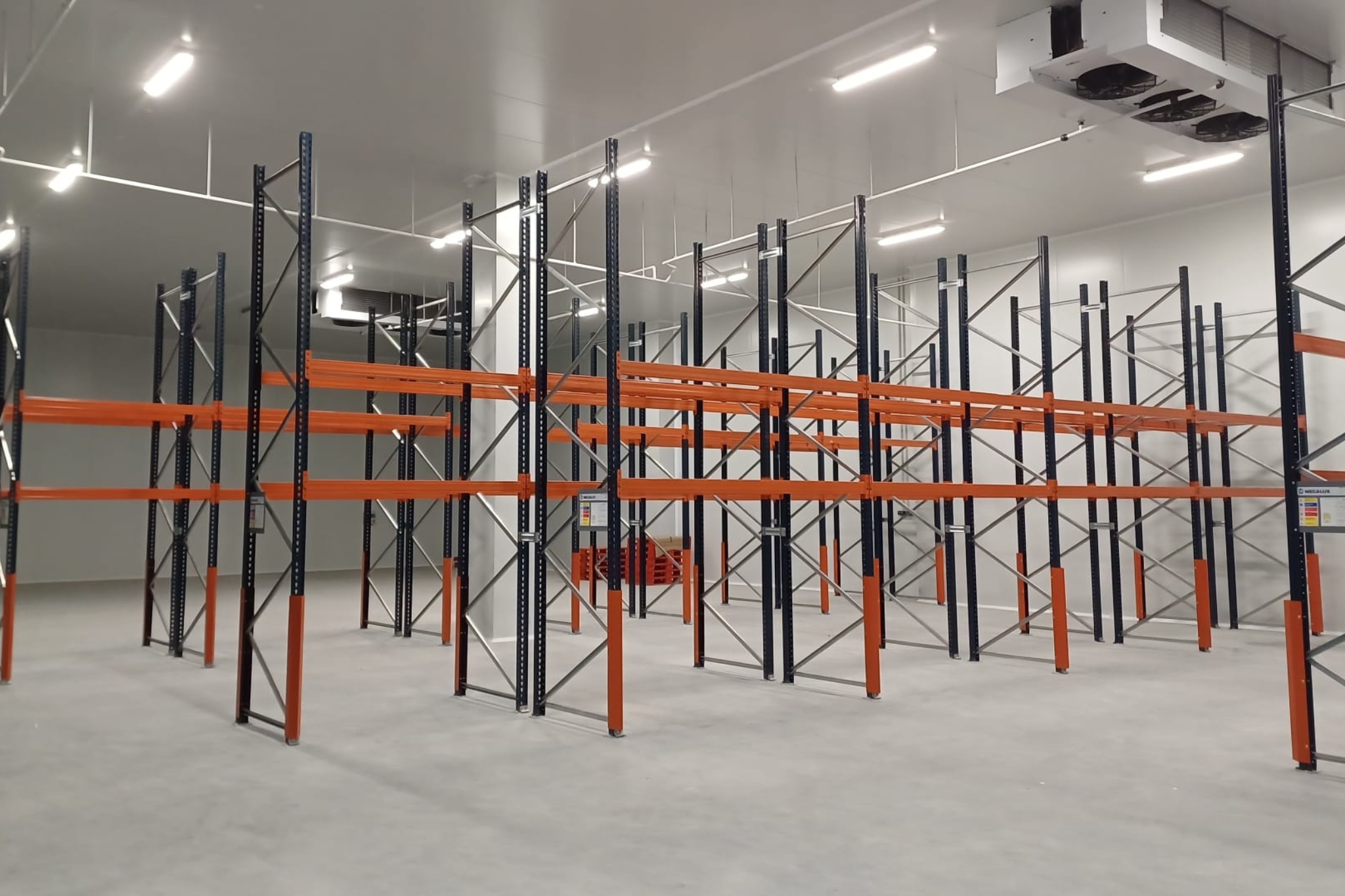
26 Mar TRANSCRITICAL CO₂ REFRIGERATION PROJECT FOR ORGANIC DAIRY PRODUCTS
Innovation and Sustainability in Refrigeration Systems
At Bernad®, we have completed a key project in the transition towards more efficient and environmentally friendly refrigeration systems. This time, in collaboration with El Cantero de Letur, a benchmark company in the production of organic dairy products. The project focuses on a transcritical CO₂ refrigeration system, specifically designed to meet the thermal needs of their processing and dispatch facility.
This article addresses a common question among many professionals in the sector who are seeking efficient, sustainable solutions based on natural refrigerants such as CO₂. We explain how it works, what advantages it offers, and why this technology is setting a new standard in the industrial refrigeration sector.
Why Choose Transcritical CO₂?
Transcritical CO₂ technology is gaining increasing prominence in industrial refrigeration systems. Unlike traditional refrigerant gases, CO₂ (R-744) is a natural refrigerant—non-toxic, non-flammable, and with minimal environmental impact, as its global warming potential (GWP) is just 1.
In this project, the choice of transcritical CO₂ was no coincidence: it reflects El Cantero de Letur‘s commitment to sustainability—not only in its products but throughout its entire production chain.
Key Features of the Project
The solution developed consists of a 420 kW transcritical CO₂ refrigeration plant, supplying several critical areas within the production process:
- Finished product and dispatch cold room: a 9,200 m³ space maintained at 2 °C, equipped with 8 evaporators. This ensures optimal preservation of packaged dairy products.
- 4 rapid cooling chambers: designed to lower the temperature of 10,000 kg of dairy product from 45 °C to 5 °C in just 8 hours. This rapid cooling is essential to preserve the product’s organoleptic properties and ensure food safety.
Integration of Aerothermal Energy and Heat Recovery
The installation also features a heat recovery system that captures energy generated by the refrigeration system itself for two critical purposes:
- Aerothermal heating for the building: residual heat is reused to climatise internal spaces, reducing external energy consumption.
- Defrosting equipment with hot glycol: enables efficient defrosting without the use of electric resistances, reducing energy consumption and extending component lifespan.
Benefits of Transcritical CO₂ in Industrial Refrigeration
- Genuine Sustainability
The use of natural refrigerants such as CO₂ contributes to the decarbonisation of the sector. This is not only due to its low GWP, but also because it allows for systems such as heat recovery, which significantly reduce overall plant energy consumption. - Energy Efficiency
When well-designed—as in this case—transcritical CO₂ systems can outperform traditional systems, even in warmer climates, thanks to technologies such as economisers, ejectors, or parallel compressors. - Operational Safety
CO₂ is non-flammable and non-toxic at low concentrations. Moreover, being a widely used and cost-effective gas, long-term supply is assured. - Regulatory Compliance
New European regulations on fluorinated gases (F-Gas) impose strict limitations on high-GWP refrigerants. By using CO₂, compliance with current legislation is ensured, while also anticipating future regulatory changes.
How to Optimise a Transcritical CO₂ Installation
The design of these refrigeration systems must be highly precise. Key factors taken into account in this project include:
- Accurate sizing of the refrigeration unit and evaporators to meet the required times and temperatures without oversizing.
- High-precision electronic control, allowing the system to adapt to the actual thermal load in real time.
- Well-integrated heat recovery systems, maximising energy utilisation without compromising refrigeration capacity.
- Hot glycol circuit dimensioned for efficient and uniform defrosting across all units.
Setting a Benchmark: The Case of El Cantero de Letur
This project clearly demonstrates that companies investing in sustainability can also achieve greater efficiency and competitiveness. The installation not only meets the thermal demands of a high-volume dairy industry, but does so with minimal environmental impact and optimal performance.
The combination of transcritical CO₂ refrigeration, heat recovery, and rapid cooling chambers enables El Cantero de Letur to reinforce its ecological commitment across all stages of its production chain.
Conclusion: Transcritical CO₂ is the Smart Choice
If you are seeking a powerful, efficient, and environmentally responsible refrigeration solution, transcritical CO₂ is the most intelligent choice. At Bernad®, we design and implement bespoke refrigeration systems for all sectors, always prioritising the use of natural refrigerants and cutting-edge technology.
Would you like to explore how this solution could be adapted to your business? Get in touch with us. We are ready to help you transform your refrigeration system into a sustainable competitive advantage.


